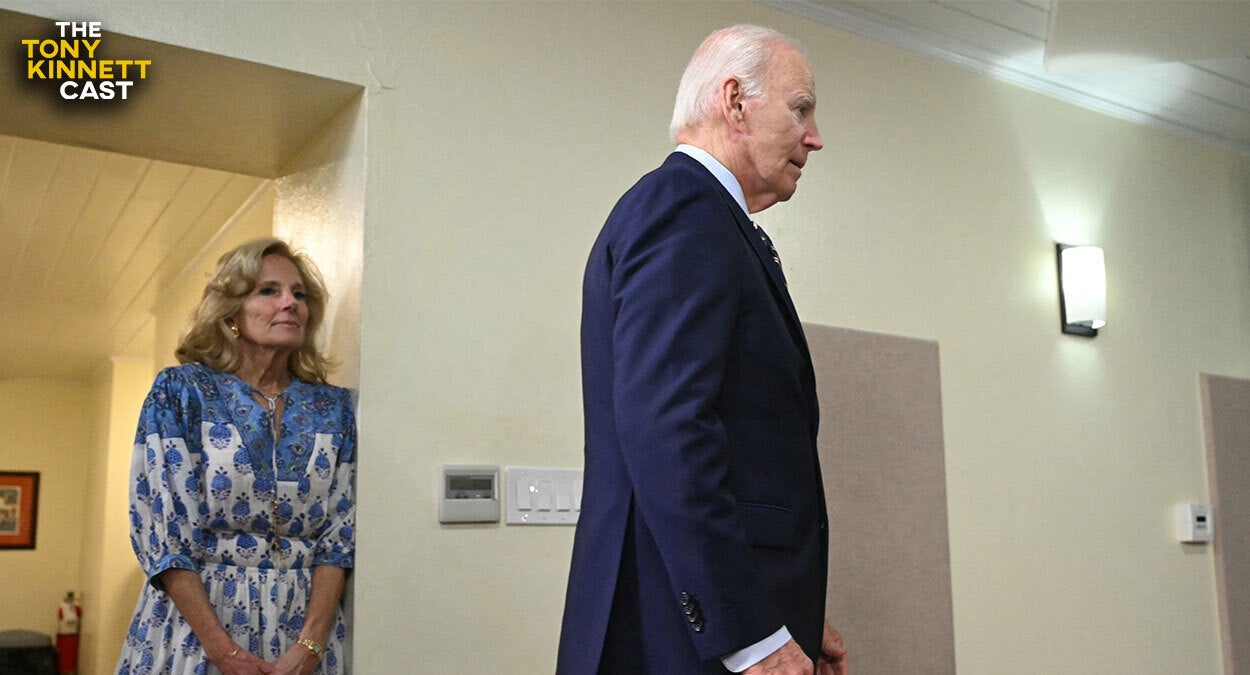0 Reacties
0 aandelen
400 Views

Bedrijvengids
Elevate your Sngine platform to new levels with plugins from YubNub Digital Media!
-
Please log in to like, share and comment!
-
 WWW.PCGAMESN.COMBlack Ops 6 dataminers uncover wall running, potentially a feature for CoD 2025Black Ops 6 already gives Call of Duty fans some pretty versatile and dynamic movement options thanks to its Omnimovement system - a far cry from the more grounded and static games of recent years. However, we may soon see CoD creep even further towards the advanced movement mechanics we saw in some of its more futuristic titles from the 2010s. Dataminers have tunneled deep into Black Ops 6 and have found that wall running is hiding in the game - and it could potentially be in preparation for CoD 2025. Continue reading Black Ops 6 dataminers uncover wall running, potentially a feature for CoD 2025MORE FROM PCGAMESN: Black Ops 6 guns, Black Ops 6 review, Black Ops 6 loadouts0 Reacties 0 aandelen 393 Views
WWW.PCGAMESN.COMBlack Ops 6 dataminers uncover wall running, potentially a feature for CoD 2025Black Ops 6 already gives Call of Duty fans some pretty versatile and dynamic movement options thanks to its Omnimovement system - a far cry from the more grounded and static games of recent years. However, we may soon see CoD creep even further towards the advanced movement mechanics we saw in some of its more futuristic titles from the 2010s. Dataminers have tunneled deep into Black Ops 6 and have found that wall running is hiding in the game - and it could potentially be in preparation for CoD 2025. Continue reading Black Ops 6 dataminers uncover wall running, potentially a feature for CoD 2025MORE FROM PCGAMESN: Black Ops 6 guns, Black Ops 6 review, Black Ops 6 loadouts0 Reacties 0 aandelen 393 Views -
 THESOUTHERNLADYCOOKS.COMBREAKFAST BUTTER SWIM BISCUITSAdd these to your recipe list if you are a sausage and cheese biscuit fan. You will love them! If you love traditional biscuits you just try these Cathead Biscuits. This is our Nannies recipe and many people love it, with over 100 comments. WHY WE LOVE THIS RECIPE If you have followed our site...0 Reacties 0 aandelen 439 Views
THESOUTHERNLADYCOOKS.COMBREAKFAST BUTTER SWIM BISCUITSAdd these to your recipe list if you are a sausage and cheese biscuit fan. You will love them! If you love traditional biscuits you just try these Cathead Biscuits. This is our Nannies recipe and many people love it, with over 100 comments. WHY WE LOVE THIS RECIPE If you have followed our site...0 Reacties 0 aandelen 439 Views -
 TECHCRUNCH.COMWaymo and Uber are giving some riders early access to Atlanta robotaxi serviceAtlanta is the second city to get the so-called "Waymo on Uber" service. The companies launched the service, which matches riders with a0 Reacties 0 aandelen 389 Views
TECHCRUNCH.COMWaymo and Uber are giving some riders early access to Atlanta robotaxi serviceAtlanta is the second city to get the so-called "Waymo on Uber" service. The companies launched the service, which matches riders with a0 Reacties 0 aandelen 389 Views -
 TECHCRUNCH.COMBillionaire founder of Luminar replaced as CEO following ethics inquiryAustin Russell, who became a billionaire after his lidar startup Luminar went public, appears to be out as CEO, according to the companys board. Luminars board announced Wednesday the same day of its first-quarter earnings report it had replaced Russell and appointed Paul Ricci to the role. Ricci is the former chairman and []0 Reacties 0 aandelen 387 Views
TECHCRUNCH.COMBillionaire founder of Luminar replaced as CEO following ethics inquiryAustin Russell, who became a billionaire after his lidar startup Luminar went public, appears to be out as CEO, according to the companys board. Luminars board announced Wednesday the same day of its first-quarter earnings report it had replaced Russell and appointed Paul Ricci to the role. Ricci is the former chairman and []0 Reacties 0 aandelen 387 Views -
 YUBNUB.NEWSThe Biden Cover-Up Scandal Just Got WORSELIVE on The Tony Kinnett Cast at 7 p.m. EDT: Former President Joe Bidens announcement of his advanced prostate cancer one day after Axios release of the Biden/Hur interview audio is horrific.0 Reacties 0 aandelen 387 Views
YUBNUB.NEWSThe Biden Cover-Up Scandal Just Got WORSELIVE on The Tony Kinnett Cast at 7 p.m. EDT: Former President Joe Bidens announcement of his advanced prostate cancer one day after Axios release of the Biden/Hur interview audio is horrific.0 Reacties 0 aandelen 387 Views -
 YUBNUB.NEWSTrumps Bold Plan: Illegal Immigrants Cash to Self-Deport[unable to retrieve full-text content]Imagine a scenario where illegal aliens voluntarily line up to return homeno ICE raids, no arrests, no costly deportation hearings. It sounds like a dream, but0 Reacties 0 aandelen 397 Views
YUBNUB.NEWSTrumps Bold Plan: Illegal Immigrants Cash to Self-Deport[unable to retrieve full-text content]Imagine a scenario where illegal aliens voluntarily line up to return homeno ICE raids, no arrests, no costly deportation hearings. It sounds like a dream, but0 Reacties 0 aandelen 397 Views -
 YUBNUB.NEWS(VIDEO) President Trump Signs Take it Down Act Criminalizes Nonconsensual AI Generated Pornographic ImagesPresident Trump signed the Take it Down Act to crimialize revenge porn and other noncensentual porngraphic images into law on Monday. President Trump and First Lady Melania Trump held a ceremony0 Reacties 0 aandelen 410 Views
YUBNUB.NEWS(VIDEO) President Trump Signs Take it Down Act Criminalizes Nonconsensual AI Generated Pornographic ImagesPresident Trump signed the Take it Down Act to crimialize revenge porn and other noncensentual porngraphic images into law on Monday. President Trump and First Lady Melania Trump held a ceremony0 Reacties 0 aandelen 410 Views -
 YUBNUB.NEWSVance: You'd Better Believe We Need to Know About Presidential HealthThe deuce you say.We used to know this. In fact, we deemed it so important that we actually added a constitutional amendment to deal with presidential unfitness due to health or other reasons. Advertisement0 Reacties 0 aandelen 414 Views
YUBNUB.NEWSVance: You'd Better Believe We Need to Know About Presidential HealthThe deuce you say.We used to know this. In fact, we deemed it so important that we actually added a constitutional amendment to deal with presidential unfitness due to health or other reasons. Advertisement0 Reacties 0 aandelen 414 Views -
 YUBNUB.NEWSTrump Lets First Lady Melania Sign a Bill She Helped Champion Through CongressPresident Donald Trump invited First Lady Melania Trump to join him Monday in signing the Take it Down Act, a bipartisan bill she lobbied for on Capitol Hill. The new law cracks down on nonconsensual0 Reacties 0 aandelen 416 Views
YUBNUB.NEWSTrump Lets First Lady Melania Sign a Bill She Helped Champion Through CongressPresident Donald Trump invited First Lady Melania Trump to join him Monday in signing the Take it Down Act, a bipartisan bill she lobbied for on Capitol Hill. The new law cracks down on nonconsensual0 Reacties 0 aandelen 416 Views



